Mike Flanagan’s adaptation of The Haunting of Hill House is easily one of the best things I’ve seen on Netflix. It’s consistently scary and moving, creepy and heartfelt, and creates one of the best, most multi-dimensional views of a family I’ve seen since Six Feet Under.
And as a work of horror, Hill House works because it’s an adaptation. It takes Shirley Jackson’s novel as more of a sketch than a blueprint, and it frees itself to riff on the horror genre as a whole.
The key to Shirley Jackson’s book is that, about halfway through, you start to realize that Eleanor isn’t remotely trustworthy. Neither is Theo—she’s only really come to Hill House to inflict some extended silent treatment on her lover, probably a girlfriend whom she won’t name to the group. Dr. Montague’s kind of a quack hobbyist, using his wife’s money to fund a highly unscientific study. Luke is at least pretty upfront about being an oily thief. And then Mrs. Montague and her probably-boyfriend blow in, shred what’s left of Dr. Montague’s credibility, and snicker about the whole project with the disdainful Mrs. Dudley. Read a certain way, the book is an arch satire about relationships, gender roles, and 1950s-era conformity, but then Eleanor and her intense neediness crash through the whole thing, turning it into a terribly sad story of untreated mental disturbance.
I mean, unless the ghosts are real.
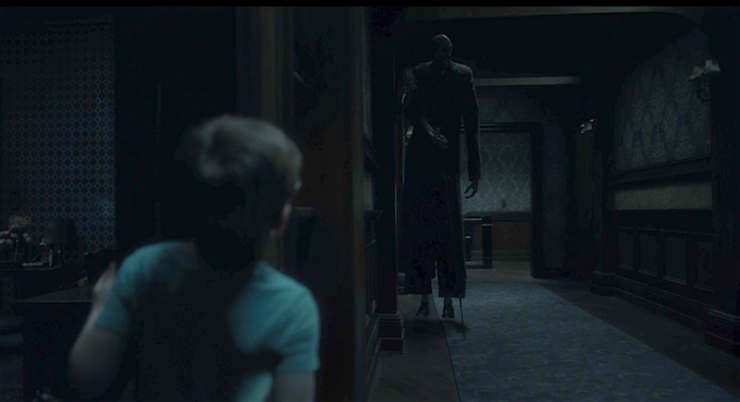
Where Mike Flanagan’s adaptation of The Haunting of Hill House is brilliant is that it takes both readings of the book seriously, and draws on both of them in equal measure.
By taking Hill House’s characters and remixing, riffing, and taking enormous liberties with the source material, Flanagan’s adaptation comes the closest to honoring the book’s spirit.
In the book, the Crains are the long-dead alpha family of Hill House, the Dudleys are the House’s caretakers, and the paranormal investigation team are hubristic interlopers. In the show, the Crain family are house flippers who move into Hill House in the summer of 1992, with the intent of fixing it up, selling it, and using the profit to build “the forever home” where they’ll finally settle in time for the kids to start school. The Crain family consists of parents Hugh and Liv—the builder and designer respectively, adding up to a solid architectural team—and their five children: Steven, Shirley, Theodora, and twins Luke and Nell. The Dudleys are still the House’s caretakers, and they live in their own little house on the edge of the property. The Dudleys know things are wrong with the House, but they’re not sure it’s their place to say so.
Elements of the book’s Eleanor Vance are spread between Liv and Nell. The show’s Luke is a modernized, much more empathetic version of the book’s. Shirley seems like a riff on Book Eleanor’s sister Janet… except Liv Crain’s sister is also named Janet. Dr. Montague is here in a completely different form than his book counterpart, as is Mrs. Montague’s boytoy Arthur. Theodora is still Theodora (because somebody has to be the foundation wall) but she’s able to be much more herself here than she could in the book. And then there’s the eldest, Steven, who doesn’t come from the book at all—his closest parallel is Bill Denbrough, the eldest member of the Loser’s Club in Stephen King’s It.
It is all over Hill House. Like Stephen King’s classic novel and its various adaptations, Hill House coils between past and present tighter and tighter until it shows us that there is no such thing as past, ever. When it comes to horror, trauma, and family, everything is always Now. The show also references The Shining, with Hill House often doing its very best impression of the Overlook Hotel; on The Babadook’s focus on the line between motherly love and abuse; on J-horror in general, in its tendency to use women with long, dark hair as instruments of terror; and, in my own favorite riff, Evil Dead II, when Hugh Crain spends part of an episode in a blood-splattered blue button-down that is the spitting image of Ash’s classic look.
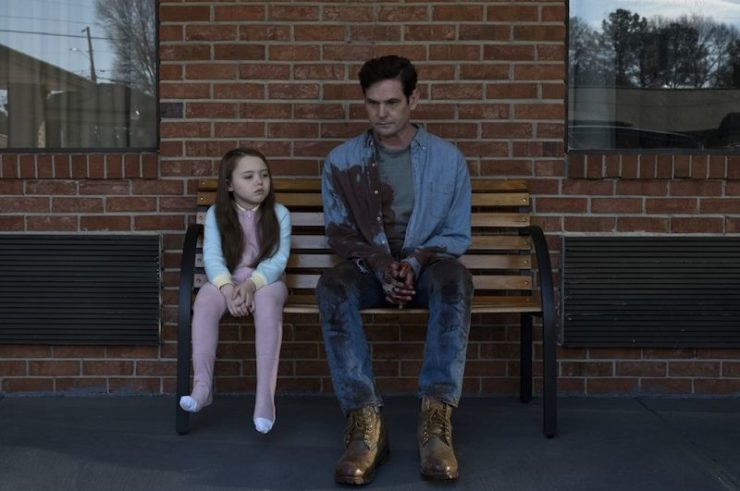
Each character is explored with astonishing richness and depth. Steven’s career as a writer and troubled marriage are treated with gravity, and never once descend into the cliche of alcoholic asshole writer. (THANK YOU.) Shirley’s career as a mortician honors the work of those who prepare the dead, and also acknowledges that on a certain level all the funerary arts are illusions meant to shield the rest of us from the stone cold reality of death. Theo’s work as a pediatric therapist shows that she has empathy for the innocent, but is never used to soften her prickliness—the show likes her prickly. Luke’s addiction is treated as a disease. Nell’s mental disturbance is treated as a disease. Both things must be dealt with with compassion and love, not mocked or punished or swept under the rug. Finally the Crain parents are so complex, loving, and sad, with their own inner lives that have nothing to do with their children.
Even the Dudleys are great!
I don’t even know who my favorite is. (Just kidding, it’s Theo. Of course it’s Theo.)
The show also does that fantastic thing where it never over-explains the horror. The show itself seems to accept the ghosts as reality, but that doesn’t mean all the characters have to, and that doesn’t mean it has to give us long-winded unnecessary backstory. Just as Shirley Jackson never really explains why Hill House exists under conditions of absolute reality, Flanagan doesn’t give us any genealogies or taxonomies of the various hauntings. We get a few hints about why certain ghosts might be sticking around, and why certain family members might be more vulnerable than others, but Flanagan and the writers aren’t holding our hands here.
Wait, whose hand am I holding?
Ugh, not again.
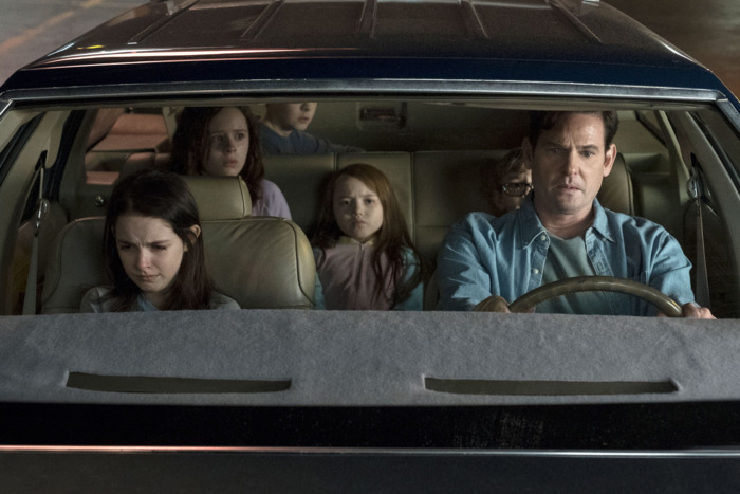
Speaking of that, the show touches on iconic moments from the book: the Cup of Stars, the writing on the walls, “Journeys end in lovers meeting,” the staircase in the library, the book of secrets, the spectral picnic, the cold spot, the stained glass windows, the nursery, nobody being able to trust Luke, two of the female characters huddling in bed at night while SOMETHING pounds on the walls… all of those touchstones are here, just refracted in new ways that tell a different kind of story. The famous opening and final paragraphs of the book are paraphrased in ways that will either infuriate or delight you, depending on how faithful an adaptation you’re looking for. Personally I was delighted in the first instance, and then had to seriously ponder the second before deciding on somewhat conflicted acceptance.
Buy the Book
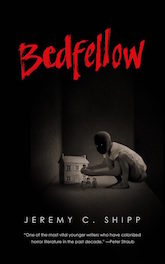

Bedfellow
Meanwhile, “The Bent-neck Lady” has one of the most horrifying sequences I have ever seen in film, TV, anything. No spoilers, but good god, show. The floating apparition we here in the office have dubbed ‘Bowler Man’ is blood-curdling. “Screaming Meemies” mines similar emotional veins to The Babadook and Hereditary, but turns up rich jewels of its own. “Witness Marks” features one of the best slow-burn horror reveals I’ve seen on a shows in ages. And the show makes the best use of an autopsy room since Buffy.
The acting throughout is extraordinary. I know it probably sounds like I’m being too effusive, but the casting is perfect—the kids all look like their grownup selves, and they all look like they’re the spawn of Henry Thomas and Carla Gugino. The shifts between Henry Thomas and Timothy Hutton as Hugh Crain are simply perfect, and we can trace the exact damage he’s done to Steven—Paxton Singleton does an incredible job as the eldest son who’s trying to be just like his dad, and we can see how all of that idolization curdles into Michiel Huisman’s performance as adult Steven. Kate Siegel as Theo edges right up toward Catherine Zeta-Jones’ performance in the 1999 attempt at Hill House, but gives her more gravitas. Violet McGraw and Julian Hilliard have so much chemistry as young Nell and Luke that I thought they were really siblings until I googled them, and Oliver Jackson-Cohen and Victoria Pedretti each give sensitive portrayals of their adult counterparts’ respective illnesses, making them only part of their larger characters rather than defining traits.
But oh gosh Timothy Hutton.
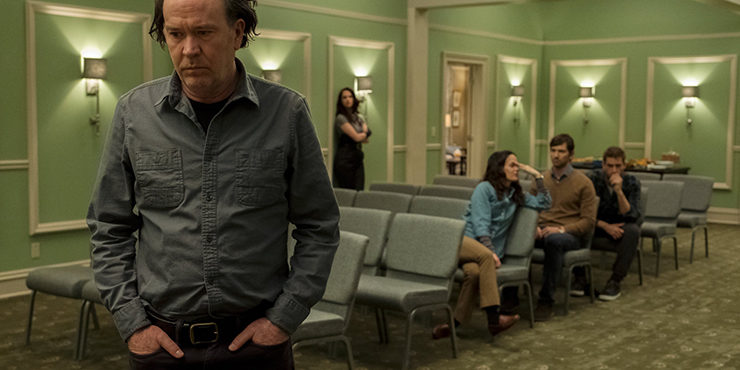
See at the center, the heart, of this show is a portrait of a very unique partnership between Hugh and Olivia Crain. This partnership is sorely tested by the summer they spend at Hill House—to put it as mildly as possible—and Timothy Hutton plays the older Hugh Crain as a defeated man who is shrouded in layer after layer of defeat, giant, life-shattering defeat and tiny every day indignity. Yet he still believes in his partnership, and what was created from it, and watching him decide when to fight for it is fascinating. You can see the tiniest sparks of determination light up in him and fight their way through all those layers. Any scene with him and one of his adult children is among the best scenes on TV this year.
There were a few points across the ten episodes where I wished the show focused on horror rather than family drama, and a couple of monologues between the Crain siblings that went on a few minutes past their peaks. But those are tiny ripples on a deep and wonderful sea. Also! I have seen a few critics who thought the show kind of came apart in the end, because it chose to make some sizable changes from the book at that point and give the Crains what seems like a happy ending. I’ve been mulling it for two days now, and I think I agree with the way Flanagan chose to ease viewers back out of the this part of the Crain saga, while still leaving room for another season. Plus, just between you and me? I don’t think it’s a happy ending at all, and I think if there is another season, we’ll all get to explore that.
For the most part Hill House, like all the best horror, rooted its frights in the relationships between people. The show made us care for the Crain family, and it made us root for them to escape the horrors of Hill House and the weight of their own lives. In stand-out episodes like “The Bent-neck Lady” and “The Twin Thing” it reminded us that ordinary life itself can be a nightmare, but by the final episode, it also takes a potentially disastrous moral stance, and affirms that the love between brothers and sisters, and parents and children, can give us a lifeline. That love can even create an escape plan for the nightmare of life. After three days of pondering, I’m going to say that the show’s most radical departures from Shirley Jackson’s novel are what help it stick the landing as a classic work of television.
Leah Schnelbach always insists on her Cup of Stars. Journeys end in Twitter meetings?



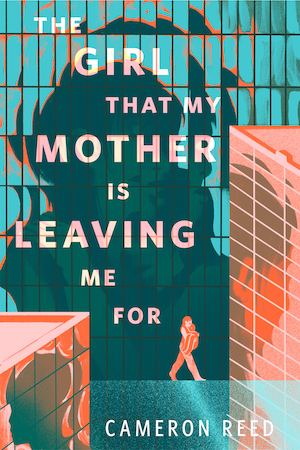
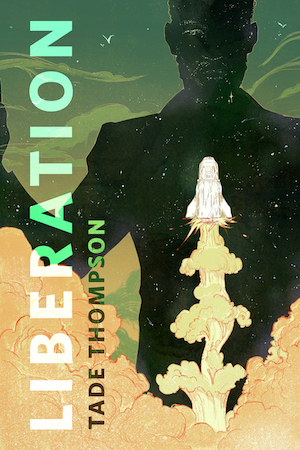





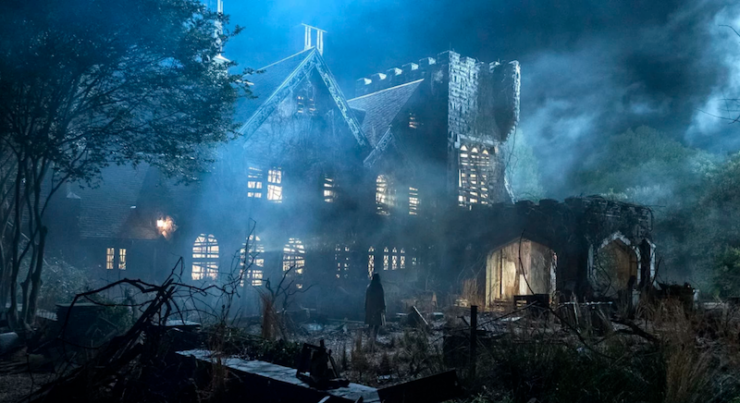
I feel like this article missed what the heart of the book was. The book is a feminist story about othering and marginalization based upon gender (and sexuality to a degree), and this miniseries, while good in its own right, strips that from the story. That really bothered me. I wish they would have just given this a different name and not pretended that it had anything but loose connections to the Jackson novel, because to me it actually removed what was the heart.
It’s very different from the story, accept that or don’t bother watching it. But PLEASE watch it because Timothy Hutton is brilliant. I wasn’t sure I wanted to watch a ten part series of a short book until I found out about Hutton (I’m a huge fan, in fact, it might be time for a Nero Wolfe then a Leverage binge).
Came for Hutton, stayed because everyone else was good too.
I loved it. Agree with everything in this review – there were a couple of family arguments that were a couple of minutes past my patience, and I don’t think it was a truly happy ending. I hope they’re greedy enough at Netflix to make a second season (which is something I NEVER thought I’d want). I’ve watched it 2.5 times now, and I want more.
I agree with #1. I liked a lot of things about the series but most of the time the women were just having things happen to them while the men got to participate in their own stories. It has interesting things to say (The Bent-Neck Lady was worth the price of admission) but the viciousness was put into the cgi budget. There was never a sense that the danger of the people inside could’ve eclipsed that of the house, the house was unambiguously dangerous.
I liked the show, but it seems a huge stretch to argue that a story captures the “spirit” of another story. It sprinkles in words, images and names from the original. You could do that to Kubrick’s The Shining and it would have about as much in common with the original. Just to take one example, Luke is not modernized and made more empathetic than he was in the book, he’s a completely different character made up from scratch who shares the same first name.
None of this is a criticism of the series. There’s no reason to judge it on faithfulness to a source material it’s not intending to be faithful to that way.
I binged it in one sitting. :p
I think my favorite episode just for the sheer ‘quality’ of the acting was the entire
episode set in the funeral parlor. I really enjoyed the way each of the Crain family
had their own episode showing each’s viewpoint of the same actions, especially
Steve and Luke’s confrontation on the stairs of Steve’s apartment. I never saw
the twist of Luke’s ‘imaginary friend’ Abigail coming even tho all the clues were there.
I loved it! Everything about it. But the casting was most superb of all!!!
It totally hit all the right notes. I feel very strongly about the story as a whole.
That said, from my perspective, the show in it´s 2nd half sometimes tried a little bit too hard to give you this perfectly rounded and well-written tv-show experience that is so addictive in times of netflix and such.
Example coming to my mind is Olivias childhood memory of the hailstorm presented as a monologue to Mrs. Dudley. Yes, it works, yes it is a strong character moment. But at the same time, I found my mind going back to these same kinds of monologues in previous episode – the famous one being Mr. Dudleys story of his stillborn child. They pulled that “one shot” trick a little bit too often, is my guess. Even with my favourite character, Theo, it did not rang totally true at the given moment (she sits in the grass at night in front of Shirley, explaining her biggest fear, the “black hole” sensation). Maybe it´s a pacing thing? I don´t know what it was that threw me out slightly.
Or maybe sometimes these addictive and highly manipulative tv-shows (which I love, don´t get me wrong) are a little bit too perfectly executed. They get drunk on their own ability to cast perfectly dramatized character arcs, until it is too much story and too little talking over each other and real life dynamics.
But I´m very fond of the show and can only admire it´s beauty and it´s inner consistency.
I am three episodes in and I feel like this is a show not at all about horror in the Halloween sense of the word. I feel that the show is about the horror that five children incur psychologically as a result of having to compartmentalize how their parents behave during the day and what they as children heard at night. This is why Theo is so intuitive as a therapist. She instinctually understands that the father she sees during the day is different behind closed doors with her mother at night.